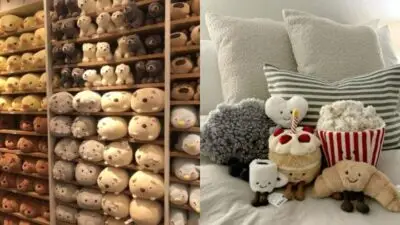Fashion has always been a powerful form of self-expression, creating legends who transcend time with their distinctive aesthetics. From Coco Chanel’s revolutionary designs in the Roaring Twenties to Twiggy’s game-changing look in the Swinging Sixties, style icons have shaped how we perceive beauty and identity across generations.
These influential figures teach us the importance of authenticity, confidence, and adaptability in personal style. Grace Kelly’s European sophistication, Diana Ross’s bold statements, and Audrey Hepburn’s timeless elegance continue to inspire designers and fashion enthusiasts alike in 2025, proving that true style never fades.
The evolution of fashion through the decades tells a fascinating story of cultural shifts and individual expression. From the utility styles of the 1940s born from wartime necessity to the classic elegance of the 1950s and the mod revolution of the 1960s, each era produced distinctive looks and unforgettable icons who continue to influence today’s fashion landscape.
Defining Style Icons
Style icons transcend mere fashion trends, becoming cultural touchstones who influence aesthetics across generations. Their signature looks and philosophies about personal expression help shape our understanding of style as both art form and identity marker.
Evolution of Fashion Influencers


The concept of style icons has transformed dramatically throughout history. In earlier decades, influence was primarily limited to Hollywood stars, royalty, and socialites who appeared in magazines and newspapers. Audrey Hepburn’s little black dress in “Breakfast at Tiffany’s” and Marilyn Monroe’s white halter dress became visual shorthand for entire eras.
By the mid-20th century, musicians and counterculture figures joined the ranks of style influencers. The Beatles’ mop-top haircuts and Diana Ross’s glamorous ensembles reached millions through television and music performances.
Today’s style landscape has democratized. Social media platforms have created space for diverse voices beyond traditional gatekeepers. Influence now flows multidirectionally, with street style sometimes impacting runway collections as much as the reverse.
Characteristics of Style Icons

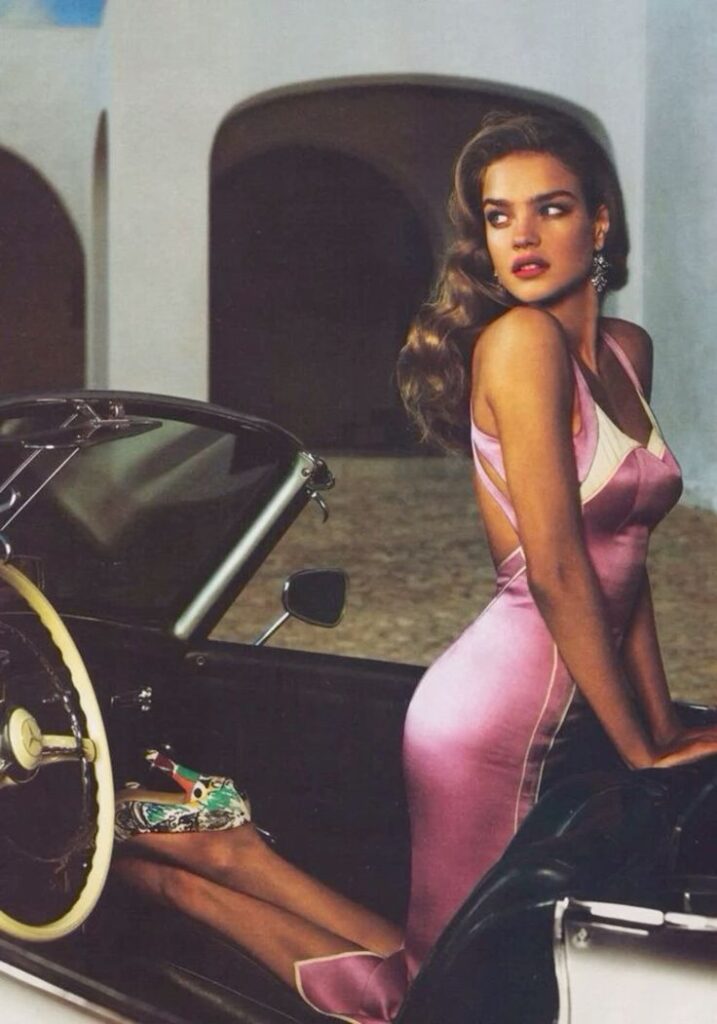
True style icons share certain defining traits that separate them from merely well-dressed individuals. Authenticity stands as perhaps the most crucial element – their looks feel genuine rather than calculated or costume-like.
Innovation marks another key characteristic. Style icons don’t simply follow trends; they create them through unexpected combinations or by reimagining existing elements in fresh ways. They possess a distinctive visual signature that becomes immediately recognizable.
Consistency balanced with evolution defines long-lasting style influence. The most enduring icons maintain core aesthetic principles while adapting to changing times and personal growth.
Cultural impact represents the final essential component. A true style icon’s influence extends beyond clothing into broader social conversations about identity, values, and self-expression. Their fashion choices often reflect or challenge prevailing social norms.
Iconic Figures Over the Decades
Fashion has been shaped by remarkable individuals who defined the aesthetics of their times through personal style and cultural influence. These trendsetters created lasting impressions that continue to inspire designers and fashion enthusiasts today.
1920s: Flappers and Elegance

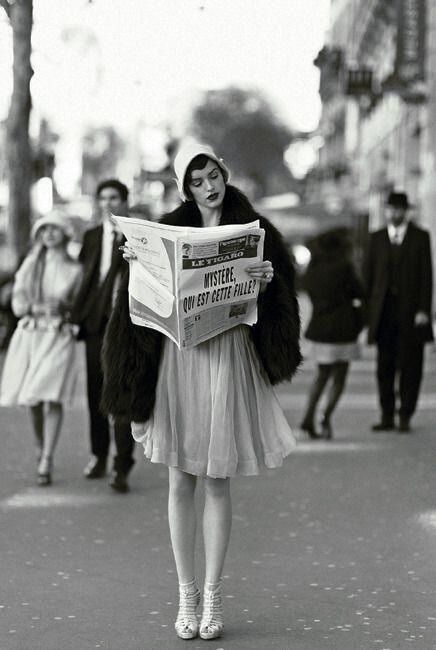
The 1920s witnessed a revolutionary shift in women’s fashion led by the flapper movement. Coco Chanel emerged as the decade’s most influential style icon, liberating women from restrictive corsets and introducing practical elegance through her signature suits and little black dress.
Louise Brooks embodied the flapper aesthetic with her distinctive bob haircut and straight silhouette dresses. Her bold style challenged Victorian ideals and represented the newfound freedom women were experiencing.
Josephine Baker dazzled audiences with her exotic performances and eclectic style. Her banana skirt became legendary, while her sleek evening wear demonstrated the decade’s love for beaded embellishments and drop-waist silhouettes.
Clara Bow, known as the “It Girl,” popularized cupid’s bow lips and dramatic eye makeup. Her vibrant personality and fashion choices made her the embodiment of 1920s youth culture.
1950s: Hollywood Glamour


Audrey Hepburn defined timeless elegance in the 1950s. Her iconic little black dress in “Breakfast at Tiffany’s” remains a fashion staple, while her preference for simple, sophisticated silhouettes created a blueprint for minimalist chic.
Marilyn Monroe represented the decade’s celebration of feminine curves. Her white halter dress from “The Seven Year Itch” became one of cinema’s most recognizable fashion moments.
Grace Kelly epitomized refined sophistication both as an actress and later as Princess of Monaco. Her structured handbags, tailored dresses, and impeccable accessories established her as a paragon of refined taste.
James Dean revolutionized men’s fashion with his rebellious style. His white t-shirt, jeans, and leather jacket combination in “Rebel Without a Cause” created the blueprint for casual American menswear.
1970s: Disco and Punk Movement


David Bowie transformed fashion through his Ziggy Stardust persona with flame-red hair, platform boots, and space-age jumpsuits. His gender-fluid approach to style challenged conventional boundaries and inspired generations.
Debbie Harry of Blondie merged punk aesthetics with disco glamour. Her platinum blonde hair, mixed patterns, and thrift-store finds created an accessible yet edgy look that women everywhere emulated.
Bianca Jagger became a Studio 54 icon with her white suits, wide-brimmed hats, and daring silhouettes. Her entrance to the club on a white horse wearing a Halston dress cemented her status as a fashion legend.
The Sex Pistols and their manager Malcolm McLaren, alongside designer Vivienne Westwood, revolutionized fashion through punk’s DIY ethos. Ripped clothing, safety pins, and anti-establishment messages became powerful style statements.
1990s: Supermodels and Grunge


The supermodel era reached its peak with the “Big Six”: Naomi Campbell, Cindy Crawford, Christy Turlington, Linda Evangelista, Claudia Schiffer, and Kate Moss. These women transcended modeling to become global fashion authorities.
Kurt Cobain unintentionally launched the grunge movement with his thrift-store cardigans, flannel shirts, and ripped jeans. His disheveled appearance became a powerful statement against the excesses of the previous decade.
Princess Diana evolved into a style icon with her sophisticated choices after leaving the royal family. Her revenge dress and casual denim looks demonstrated her fashion versatility and personal rebellion.
Jennifer Aniston’s “Rachel” haircut from Friends became the decade’s most requested salon style. Her minimalist wardrobe of slip dresses, straight-leg jeans, and simple t-shirts defined accessible 90s fashion.
2000s: Rise of Celebrity Culture

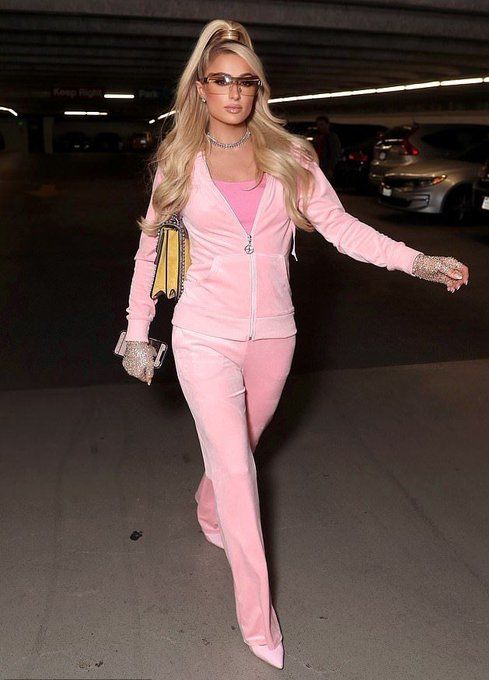
Paris Hilton and Nicole Richie popularized the “boho-chic” aesthetic. Their combination of low-rise jeans, graphic tees, and oversized sunglasses defined early 2000s casual wear for a generation.
Sarah Jessica Parker’s portrayal of Carrie Bradshaw in Sex and the City elevated fashion in television. Her mix of vintage finds with luxury items like Manolo Blahnik shoes created a new template for personal style.
Lady Gaga emerged as fashion’s provocateur with her meat dress, bubble outfits, and theatrical Alexander McQueen ensembles. Her boundary-pushing approach challenged conventional ideas about clothing and self-expression.
Rihanna transformed from music star to fashion mogul, using street style and red carpet appearances as platforms for daring fashion statements. Her fearless mixing of high and low fashion redefined celebrity style influence.
Influence on Modern Fashion
Fashion icons from past decades continue to shape current trends, serving as inspiration for designers, influencers, and everyday fashion enthusiasts. Their timeless aesthetics transcend generations, finding new expressions in contemporary fashion contexts.
Designer Collaborations
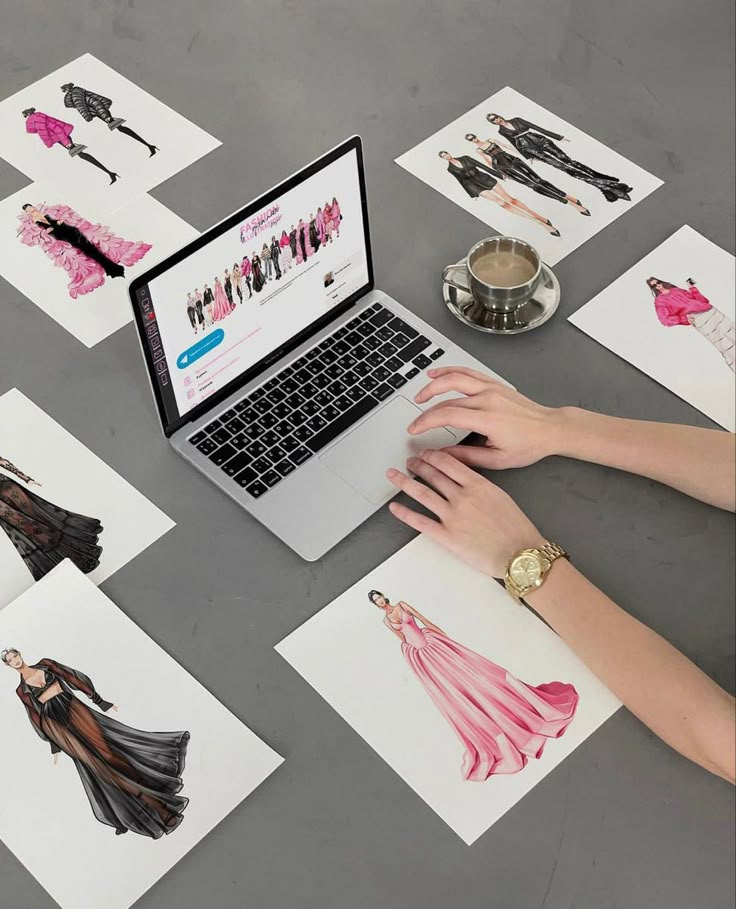

Fashion houses frequently draw inspiration from iconic styles of the past, creating modern collections that pay homage to legendary figures. Audrey Hepburn’s elegant sophistication continues to influence minimalist designs, while Marlene Dietrich’s androgynous approach remains relevant in today’s gender-neutral fashion movements.
Many high-end designers collaborate with estates of fashion icons to create authorized collections. These partnerships often revive signature looks with contemporary materials and techniques, introducing classic aesthetics to new generations.
Fast-fashion retailers frequently release capsule collections inspired by style icons like Jackie Kennedy and Greta Garbo. These affordable interpretations make iconic styles accessible to wider audiences, democratizing fashion history through modern reinterpretations.
Social Media and Fashion Blogging


Instagram and TikTok have become powerful platforms for sharing and reviving vintage fashion inspirations. Digital influencers frequently reference past style icons, creating content that connects historical fashion to contemporary trends.
Fashion bloggers routinely analyze iconic outfits from figures like Audrey Hepburn and Jacqueline Kennedy, breaking down elements that made their style timeless. These analyses help modern audiences understand the principles behind enduring fashion aesthetics.
Hashtags like #VintageFashion and #IconicStyle gather millions of posts showcasing how historical fashion influences current wardrobes. This digital celebration of fashion history has sparked renewed interest in authentic vintage pieces and historical fashion knowledge.
Sustainability in Fashion


The enduring appeal of fashion icons promotes sustainability through timeless style over trends. By studying figures known for quality investments rather than fast fashion, modern consumers are encouraged to build wardrobes that last beyond seasonal cycles.
Vintage and second-hand shopping has grown exponentially, inspired by the distinctive looks of past fashion icons. This shift toward pre-loved fashion reduces waste while allowing shoppers to incorporate authentic pieces from influential eras.
Many sustainable brands explicitly reference the durable quality and timeless design principles championed by fashion icons of the 1940s-1960s. These brands emphasize craftsmanship and classic silhouettes over disposable trends, promoting more responsible consumption patterns.
- 1.0Kshares
- Facebook0
- Pinterest1.0K
- Twitter0


